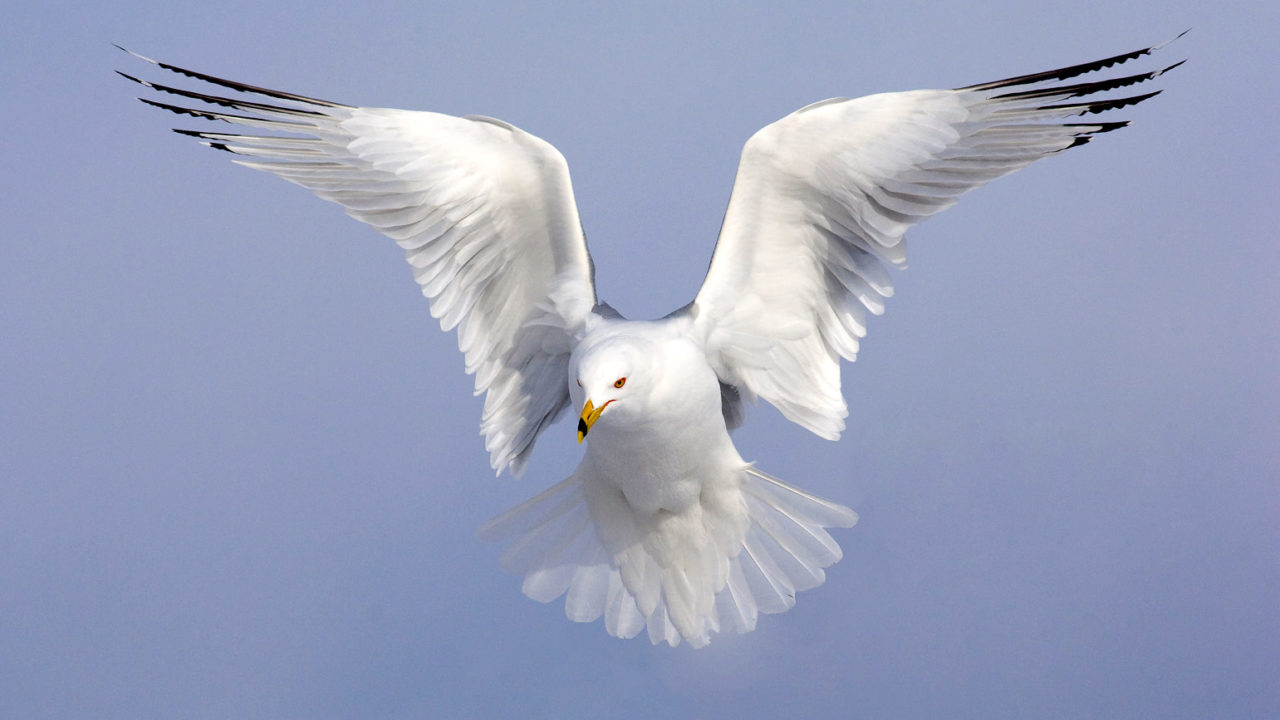Photographing animals can be a complicated task, photographing even more birds: they fly and move quickly and this can be a challenge for the photographer, however, some species of these animals are so amazing that it is impossible to resist photographic registration. Give some tips to optimize photos of your birds and to help those who want to start photographing these animals:
Birds are usually in disorderly situations, branches and leaves intersect at different angles and can distract the view of the main object of the photograph. That said, the elements of the habitat and even the whole landscape should generally be part of the message and artistic tone that the photographer wants to convey when photographing birds, so it is important to add them to the image in one way or another, the trick is to choose what it takes for it to appear in the image to create a perfectly composed image. -Stop scale, shooting angle or proximity to the object to remove anything that is not needed.
- There are many inspiring photos and it is natural to want to imitate them.
- However.
- The power of an image comes.
- In large part.
- From its originality.
- Look for different angles when photographing birds.
- Different elements and unusual animal behaviors to create a completely new image.
- Images.
Birds move. They fly, swim, fight, dive and sometimes do these things at the same time, so it’s good to imagine the images in your head before photographing the digital camera, observing the behavior of the animals and anticipating what they will do next. knows how the subject of your image will move, you can select the shutter speed, f-stop and ISO to improve the quality of the photo. For even more success, take time to study birds, watch them closely and read the animal’s behavior to learn how it works under different circumstances and study bird images.
It’s tempting to scare away the birds because most of them are shy and walk away from us. This usually results in images of birds spinning, preparing to fly or, worse, with your back staring at the camera as they take flight. When you study the behavior and habitat of the birds you’re going to photograph, you can anticipate where they’ll land, walk or fly, and then you’ll be able to prepare in advance for the animals to approach you, which will give your image an appearance. much more attractive.
If you arrive early at the place where you’re going to photograph the birds and you don’t leave until the last light goes out, your photos will be much better, the lighting of sunrise and sunset is what makes the colors of a photo even. More beautiful Shadows are far from the main elements and the birds are more active at this time of day.
The natural tendency is to take photographs in a position that is comfortable for us, either standing or simply leaning towards the camera that is resting on the tripod. We stop at the sun behind us and assume that the bird flies on a wonderful background. As a result, we usually lose the best poses. When we change the angles of the photos, we can radically change the background. The branches can be replaced by blue skies and fluffy clouds if the photographer is sitting on the floor and pointing the camera upwards. For example.
Lighting conditions change regularly. This can be a more gradual change when the sun moves in the sky, or more abruptly, when clouds penetrate in front of sunlight creating shade. Consider changing your camera exposure when these lighting changes occur.
Blurred wings, or even the entire blurry bird, can ruin your photo. To prevent this from happening, learn how fast the shutter speed is needed to capture the different behaviors of animals. How fast do species freeze during the flight?At what speed should you catch a bird walking on the ground or standing on a branch?
If you are a photographer with a little more knowledge and experience in professional cameras, the manual mode is the most suitable for photographing birds, because with it you can make all the decisions and you can choose all the necessary settings to have a good image. Manual mode, you can change the aperture scale, shutter speed and exposure functions as the lighting changes.

